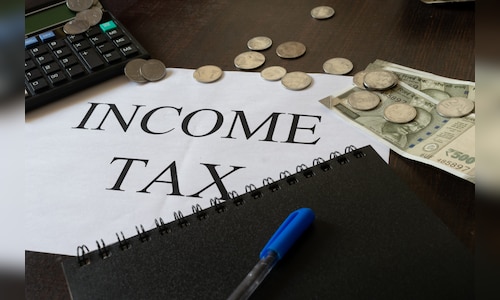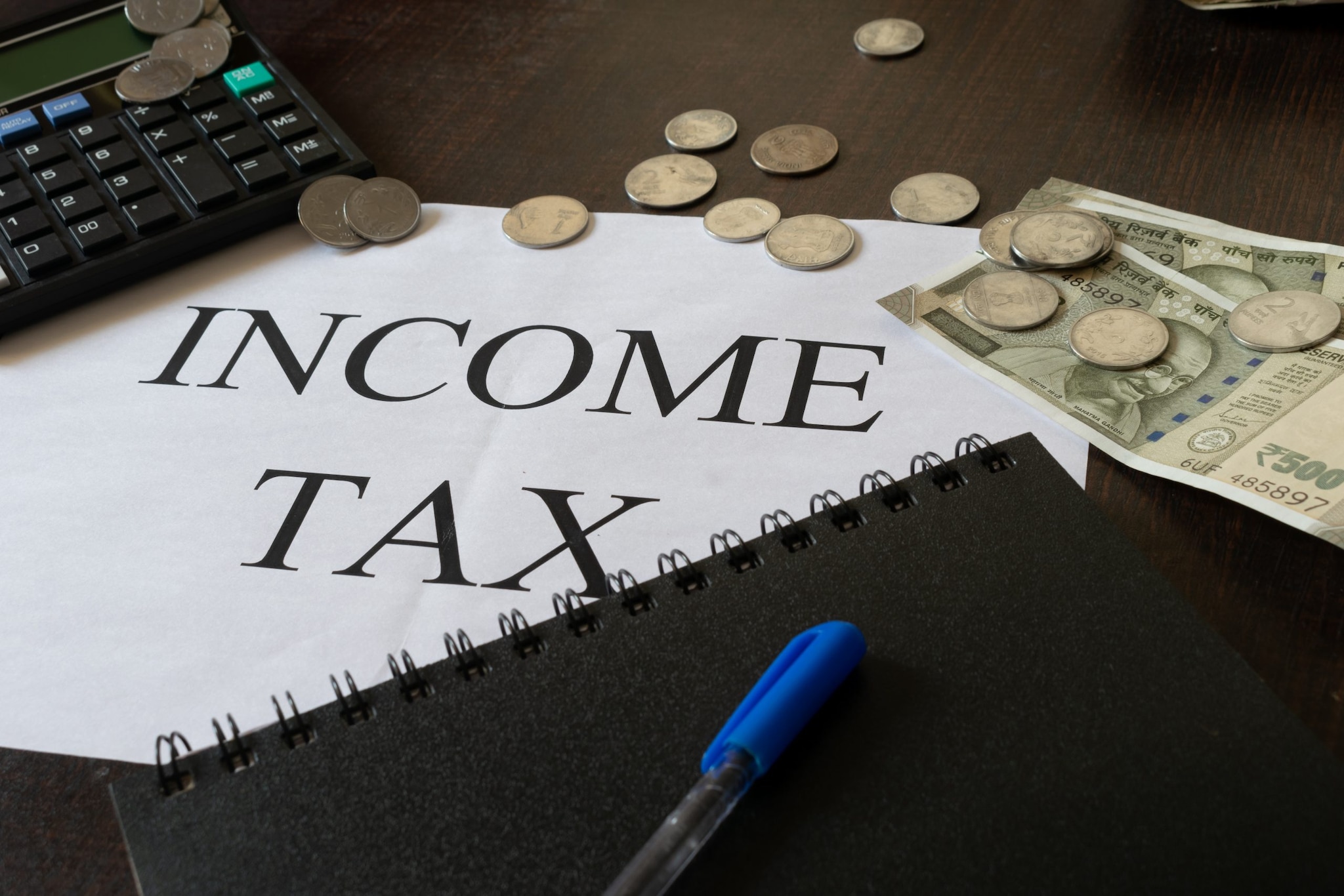

The new tax regime has brought changes to income tax slabs. The basic exemption limit has been increased from ₹2.5 lakh to ₹3 lakh, making income up to ₹3 lakh tax-free.
Additionally, tax rates for other income brackets have been restructured as follows:
- Income between ₹3 lakh and ₹7 lakh: 5%
- Income between ₹7 lakh and ₹10 lakh: 10%
- Income between ₹10 lakh and ₹12 lakh: 15%
- Income between ₹12 lakh and ₹15 lakh: 20%
- Income above ₹15 lakh: 30%
These changes aim to provide greater relief for lower and middle-income groups, reducing their tax burden.
There have been notable changes in the taxation of capital gains. Short-term capital gains on equities are now taxed at 20%, up from the earlier 15%. Long-term capital gains have a flat tax rate of 12.5% compared to 10% earlier. But the exemption limit has increased from ₹1 lakh to ₹1.25 lakh annually.
Moreover, the holding period for long-term classification has been standardised to 12 months for listed securities such as equities and 24 months for other assets.
There is positive news for individuals contributing to the National Pension Scheme (NPS). The deduction limit for employer contributions has increased from 10% to 14% of the basic salary. This change allows individuals to save more for retirement.
Salaried employees can now claim credits for TDS (Tax Deducted at Source) and TCS (Tax Collected at Source) on other incomes and expenses. This ensures more accurate deductions on salaried income.
Luxury shoppers should note the revised TCS rates. A higher TCS rate now applies to purchases exceeding ₹10 lakh, making high-end items more expensive.
These changes will likely impact how you file your returns and manage your financial planning. Taxpayers are encouraged to review their financial activities carefully and consult tax professionals, if needed, to optimise their tax liabilities.



